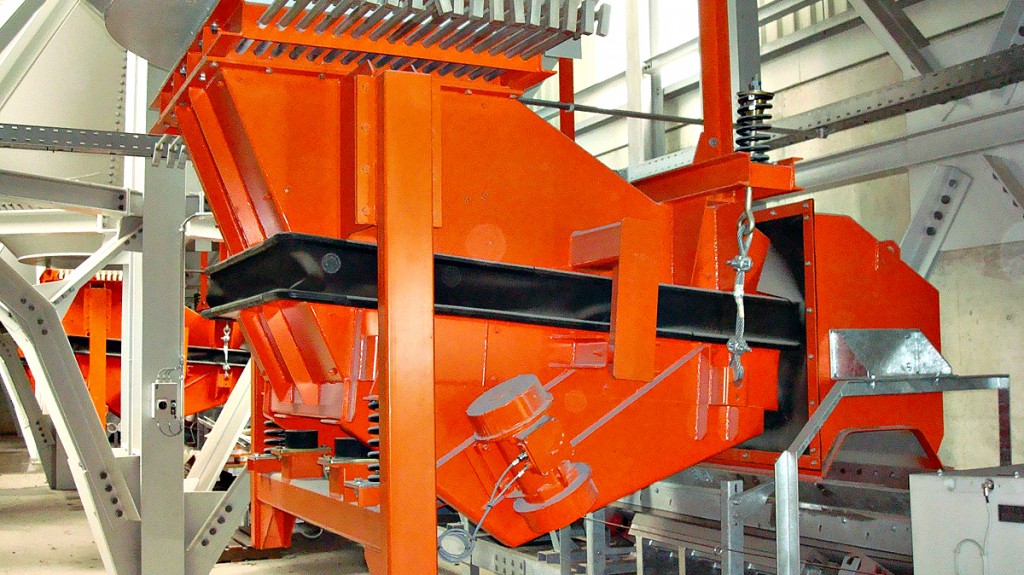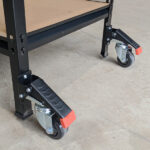Many industries include applications in which different materials are being transferred from one to another machine. In the last decade, the vibratory feeders have been extensively used for feeding materials to a process or machine, as they use vibration and gravity to move materials to the required place or position. The vibration moves the material and the gravity determines the direction. The vibratory feeders are most commonly used in processing industries for transporting smaller and lighter items in big quantities. Either fine or coarse materials, the vibratory feeders can efficiently transport materials where they are needed. Increased efficiency, less power consumption and reduced labour, there are many benefits that can be gained by using vibratory feeders.

The vibratory feeders are composed of a vibrator, belt, motor, feeding tub, spring bearing, gear and two eccentric shafts. They receive the material from a feed hopper and then transfer it to another machine for additional work through a conveyor which is driven by a motor. Not only for common screening, the vibratory feeders are also quite efficient for removing, separating and scalping operations. But there is a specific model for every screening operation. So, in order to get the most of a vibratory feeder, it is important to find the right one for your job.
Most commonly, the vibratory feeders are used to feed materials into belt conveyors, crushing or screening machines, which all produce fine powder materials. These machines depend heavily on efficient feeding. The vibratory feeders surely provide efficient feeding, while keeping the noise and energy consumption at low level. Furthermore, they provide increased productivity, regardless of the industry in which they are utilized. Contractors in plastic, electronic, automotive, packaging, steel, food, glass, construction, mining, agricultural, pharmaceutical and recycling industry are starting to recognize the benefits that can be gained by using vibratory feeders.
Today, the vibratory feeders are present on the market in different formats and come with different capabilities. They all differ in size, shape and production speed. As every material has a specific moving speed, most vibratory feeders today are capable to quickly transfer the material to the next process or machine. As a result, the vibratory feeders have a significant impact on the productivity. Despite being efficient for lighter objects only, the vibratory feeders play a vital role in the processing industry.






















